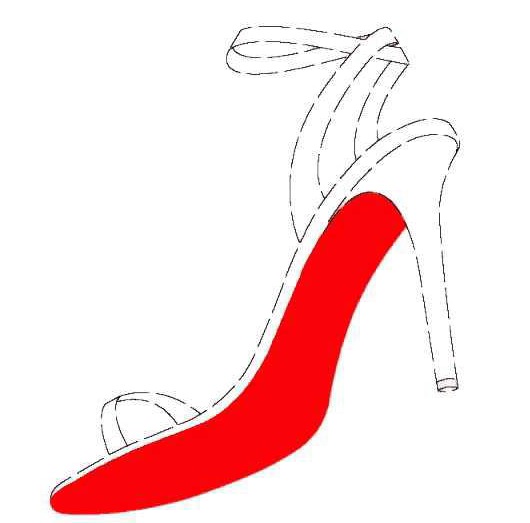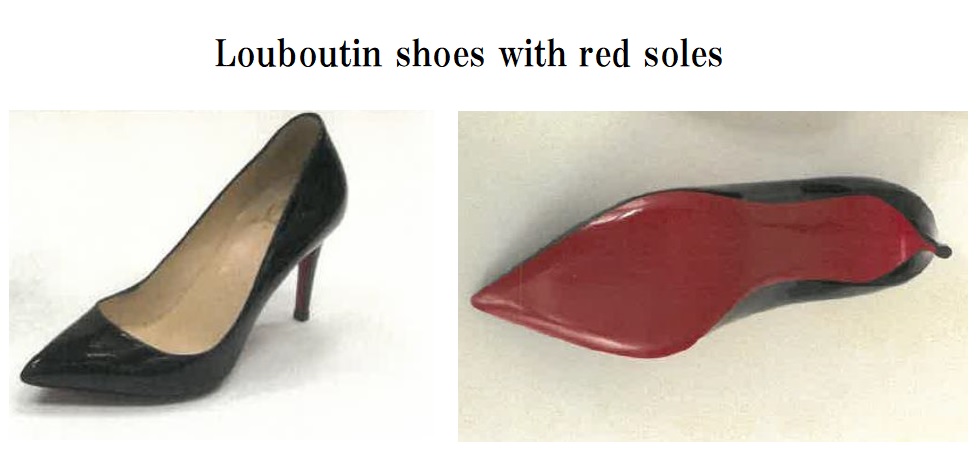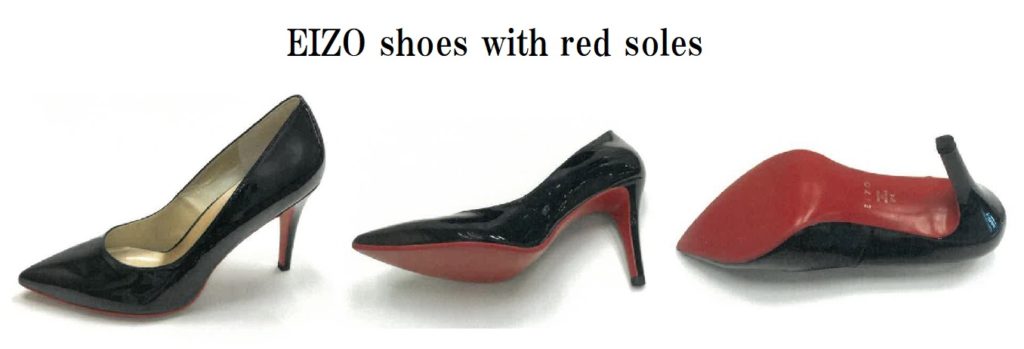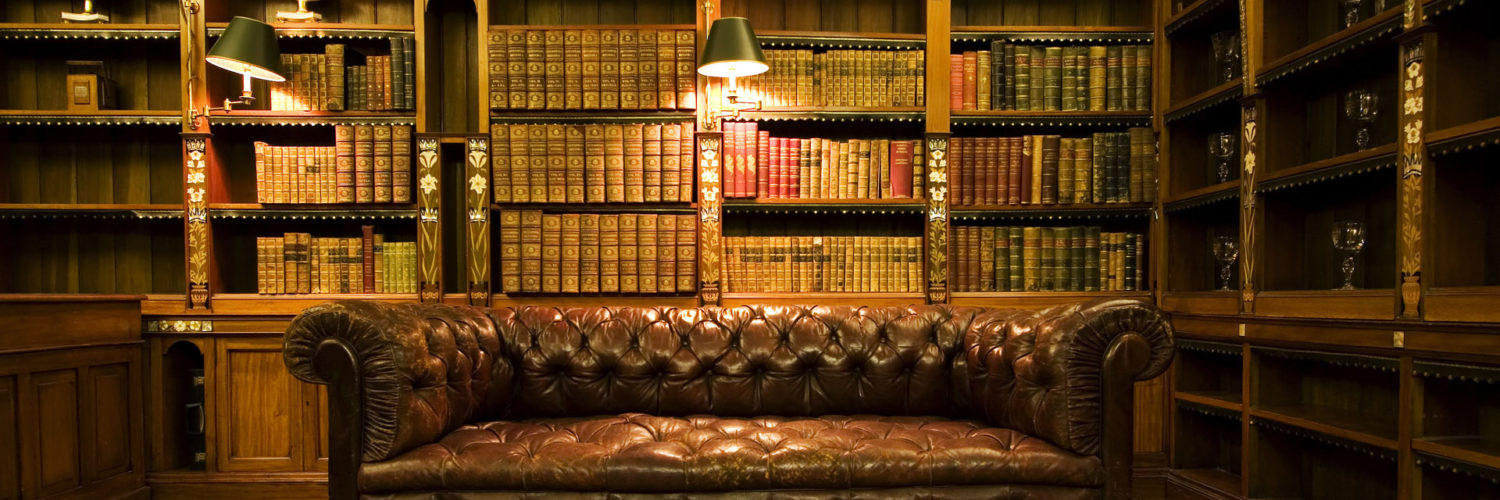On March 11, 2022, the Tokyo District Court dismissed allegations by Christian Louboutin who claimed red-soled shoes distributed by the defendant infringe their intellectual property right and are liable for damages under the Unfair Competition Prevention Law.[Judicial case no. H31(Wa)11108]
Louboutin’s red soles
Christian Louboutin SAS alleged heels and pumps with red-lacquered leather soles (Pantone 18-1663) perse (see below) have been famous as a source indicator of Louboutin shoes as a result of substantial use for more than two decades in Japan.

To demonstrate the remarkable reputation of the position mark with a single color, Louboutin produced a lot of evidence. Japanese subsidiary generated sales of JPY3,305 million for Ladies’ shoes in 2016. More than 70% of the shoes are heels and pumps with red-colored soles. The company has yearly spent JPY15 million and more on advertisements in Japan. According to the interview conducted in October 2020, 65% of the 3,149 interviewees (females aging from 20 to 50) answered Louboutin when shown the above image.

Disputed goods
Allegedly, Eizo Collection Co., Ltd., a Japanese business entity, began to distribute ladies’ shoes with red-colored rubber soles bearing the wordmark “EIZO” for JPY17,000 from May 2018 (see below).

In the litigation, Louboutin sought a permanent injunction, disposal of the disputed shoes, and damages in the amount of JPY4,208,000.
It should note that Louboutin’s attempt to register the position mark representing ladies’ heels with red-colored soles in 2015 has been pending by the Japan Patent Office due to a lack of inherent and acquired distinctiveness as of now.
Court decision
The Tokyo District Court denied a certain degree of reputation and popularity of the red soles to indicate Louboutin shoes by stating:
- Red color has been commonly used on shoes to enhance the aesthetic appearance and attract consumers. Ladies’ heels with red-colored soles have been widely distributed even before the launch of Louboutin shoes in Japan.
- Under the practice in commerce, two decades and advertisement would be insufficient to find Louboutin’s red soles have played a role in the source indicator in Japan.
Besides, the court found the unlikelihood of confusion between Louboutin and the defendant’s shoes on the grounds that:
- Given Louboutin’s shoes are known for high-end heels that cost JPY80,000 and more, relevant consumers would pay attention to selecting and purchasing suitable goods. Being that Louboutin’s shoes has the stylized mark “Louboutin” on soles as well, it is unlikely that relevant consumers connect the defendant’s shoes bearing the wordmark “EIZO” on soles with Louboutin.
- Because of the difference in respective materials on soles (lacquered leather for Louboutin, and rubber for defendant shoes), there exists a distinction in texture and luster to the extent that relevant consumers can easily distinguish the quality and source of respective goods.
- The interview targeted consumers who have purchased high-end goods and famous brands. Since the interview failed to show the defendant’s shoes to the interviewees, it would be irrelevant to prove a likelihood of confusion between the shoes.
Based on the foregoing, the court dismissed the plaintiff’s allegations under the Unfair Competition Prevention Law and did not side with Louboutin.

Masaki MIKAMI, Attorney at IP LAW – Founder of MARKS IP LAW FIRM

